Beautiful Vintage Photos Of Audrey Hepburn
With her shy, charming ingenue persona and delicate grace, Audrey Hepburn has made multiple generations fall in love with her. She was also a versatile actress, showing royal poise in Roman Holiday and an edge in Breakfast At Tiffany‘s before weaving these facets together in My Fair Lady.
However, there was more to Hepburn than her style, grace, and the sweetness of her voice. From her wartime bravery to her unseen vulnerability, it’s clear that Hepburn’s life and personality contained multitudes. Today, some of those fascinating multitudes will be explored.
She Was A Hero Of The Dutch Resistance
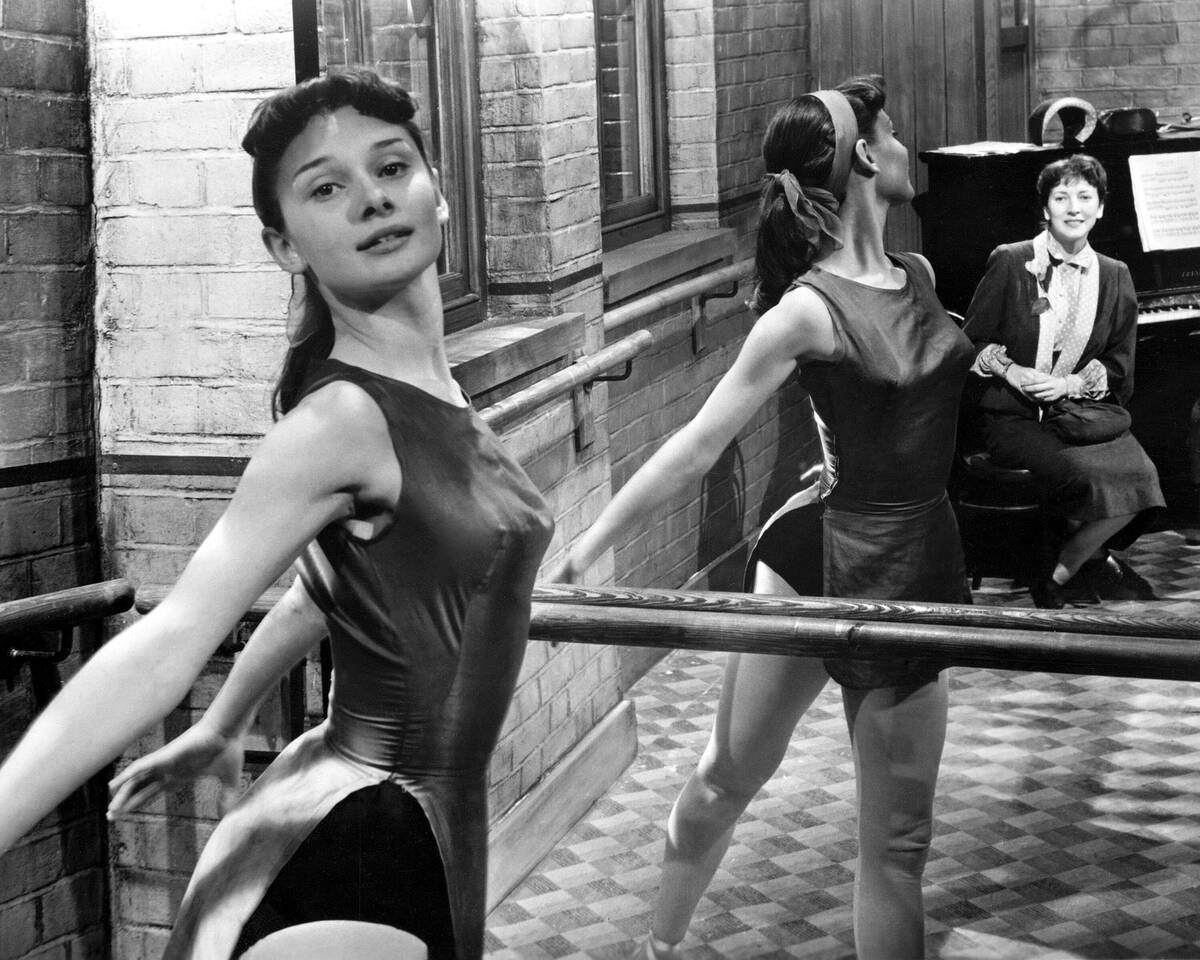
Although Hepburn was born in Belgium, she spent much of her childhood in the Netherlands, and was studying ballet during the German occupation of the nation after World War II broke out. According to Time, she used her talents to help raise money for the Dutch Resistance, which started in 1944 at illegal performances.
However, that wasn’t the extent of her work for them. At 15, she was a messenger and supply runner for the resistance’s efforts to protect and conceal downed Allied pilots in the Netherlands. One instance saw German-allied police confront her, and she successfully charmed them by innocently picking flowers and offering them to the officers.
She Almost Died Of Starvation During The War
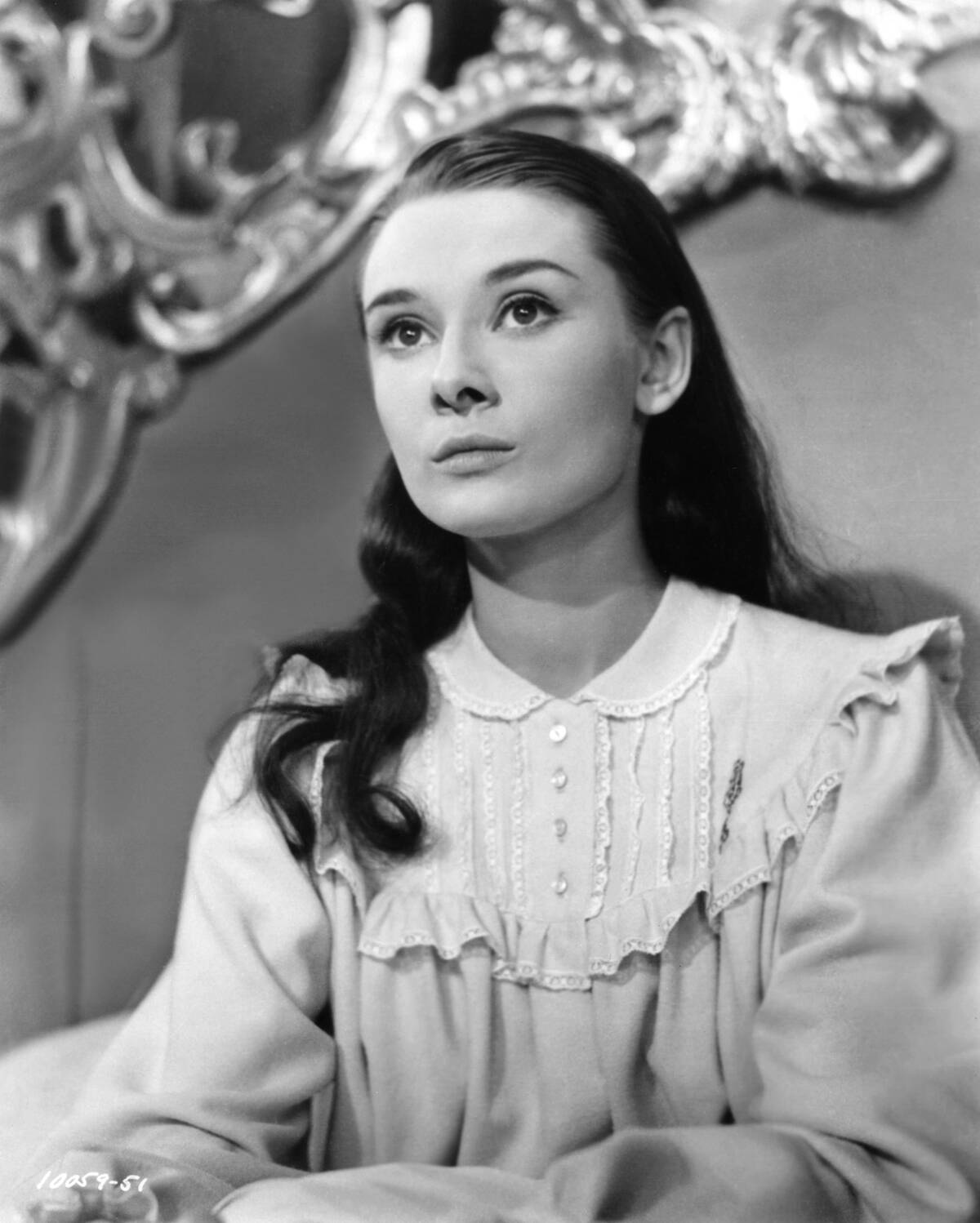
Malnutrition was rampant in the Netherlands during World War II, and it almost proved fatal for Hepburn. As her son Luca Dotti told People, she barely survived by subsisting on nettles, tulip bulbs, and water. She weighed just 88 pounds at five feet six and experienced jaundice, edema, and lifelong anemia.
In Dotti’s words, “She was the same age as Anne Frank and said, ‘That was the girl who didn’t make it and I did.’ Her voice would crack, and her eyes would
fill with tears.” It truly sounded like a horrifying time.
Her Style Was Fairly Transgressive For The Time
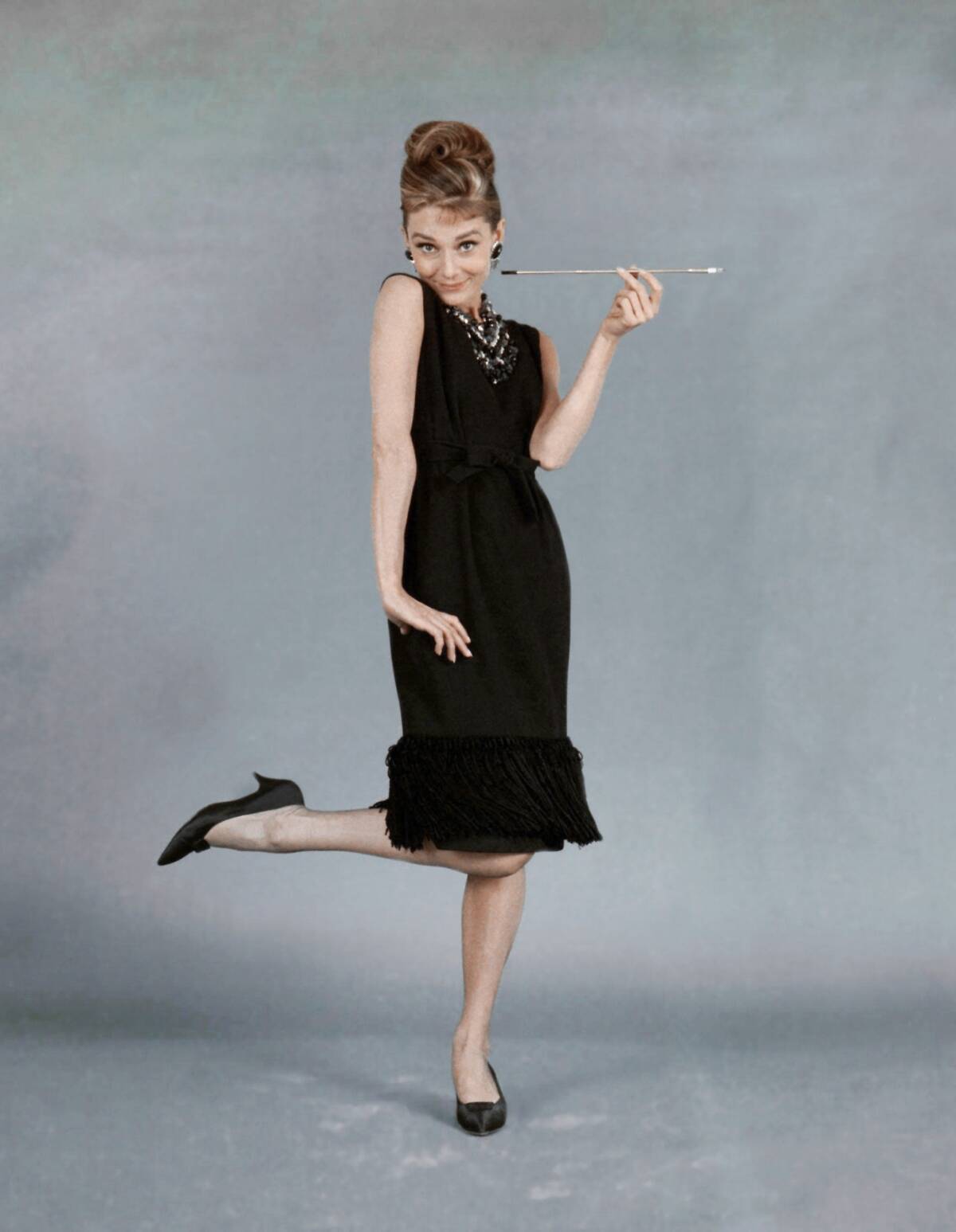
As Audrey Style author Pamela Keogh told People, Hepburn’s emphasis on simple, elegant styles and quiet sweetness set her apart from other Hollywood actresses at the time, who were expected to wear ostentatious clothing and emphasize their physical desirability much more.
Particularly unusual for the time was her preference for black clothing, as during the ’50s, it was often considered exclusively funeral attire. There may not be much she had in common with Johnny Cash but both pioneered the concept of wearing black no matter the occasion.
Hepburn’s Big Break Came By Sheer Luck
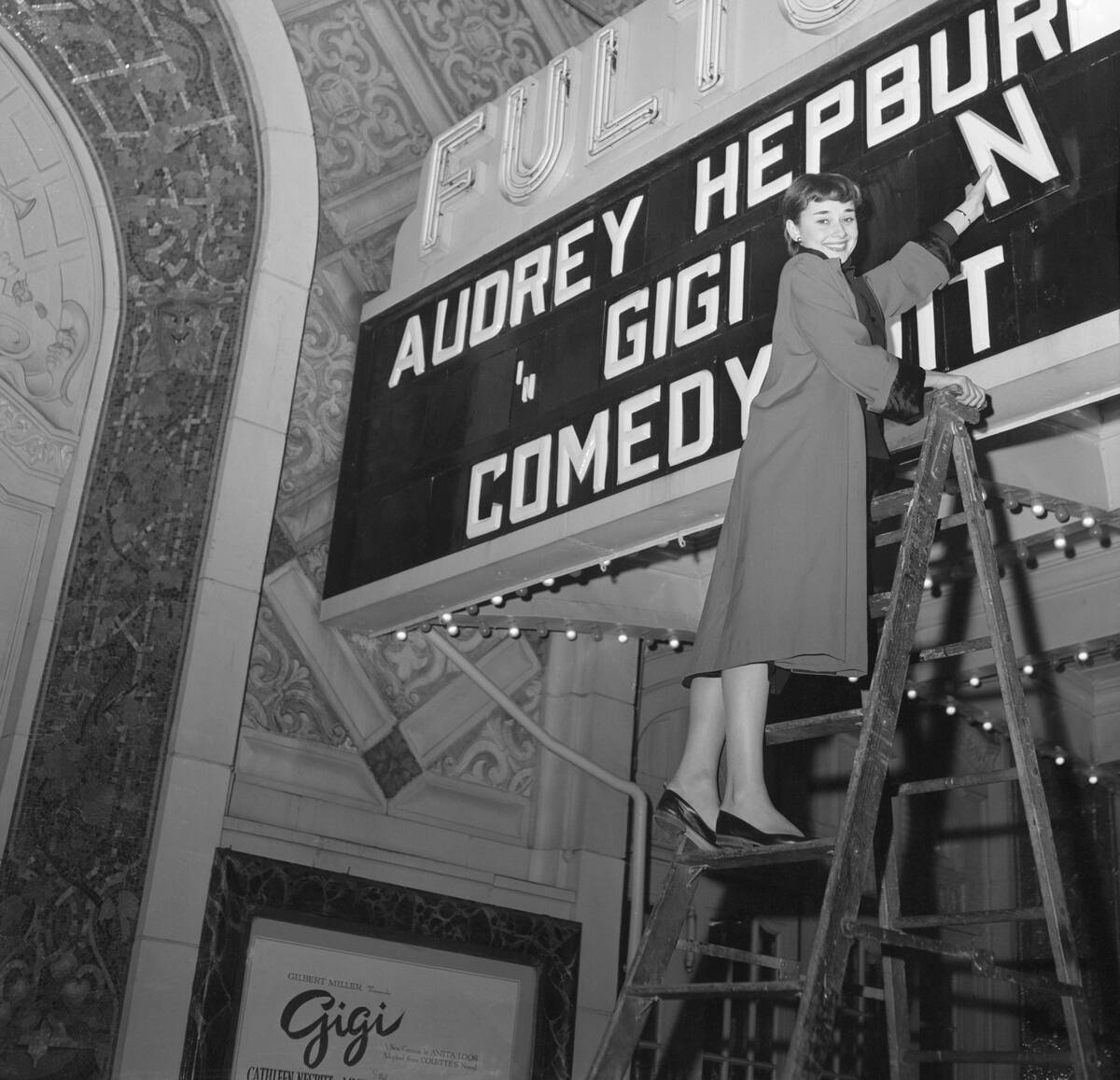
As Sam Wasson wrote in the book Fifth Avenue, 5 A.M.: Audrey Hepburn in Breakfast at Tiffany’s, the French author Colette was mired in frustrated obsession while trying to find the perfect lead for the Broadway adaptation of her 1944 novella, Gigi.
By that point in 1951, Hepburn had only delivered a handful of lines in her entire acting career. However, it only seemed to take one look after Colette spotted her at the Hotel de Paris in Monaco before she declared, “Voilà, c’est Gigi.” In a flash, Hepburn went from a bit player to a leading lady.
Gregory Peck Pushed Hard For Hepburn To Get Top Billing
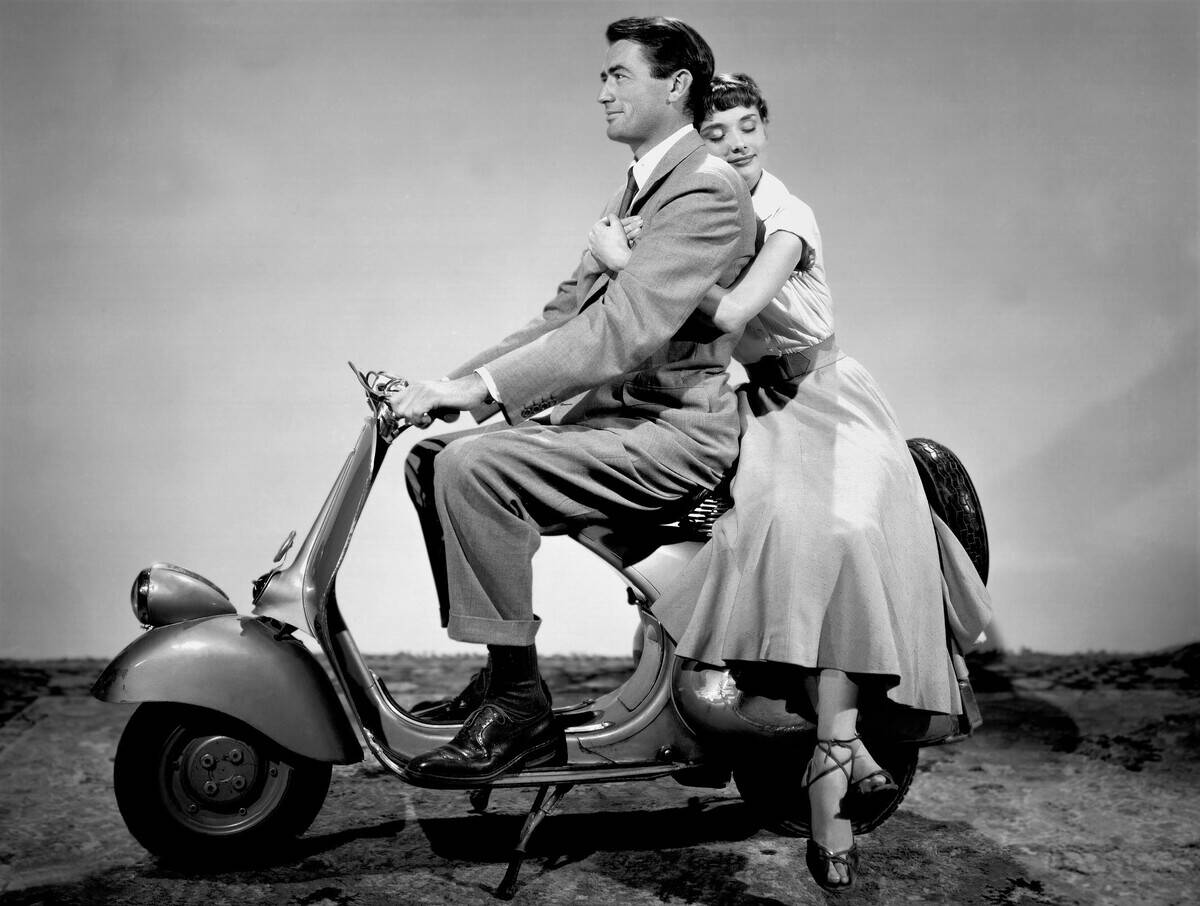
Although Elizabeth Taylor was originally considered for Hepburn’s breakout movie role in 1953’s Roman Holiday, her screen test proved so impressive that she was cast instead. As she was fairly unknown at the time, she was originally going to receive a fairly small “introducing Audrey Hepburn” credit.
According to Vogue, however, co-star Gregory Peck called his agent in protest, saying, “The real star of the picture is Audrey Hepburn.” As he later recalled, he believed her talent and star qualities were so self-evident that she could win an Oscar for her first movie. By 1954, that’s exactly what happened.
She Met Her First Husband At The Roman Holiday Premiere
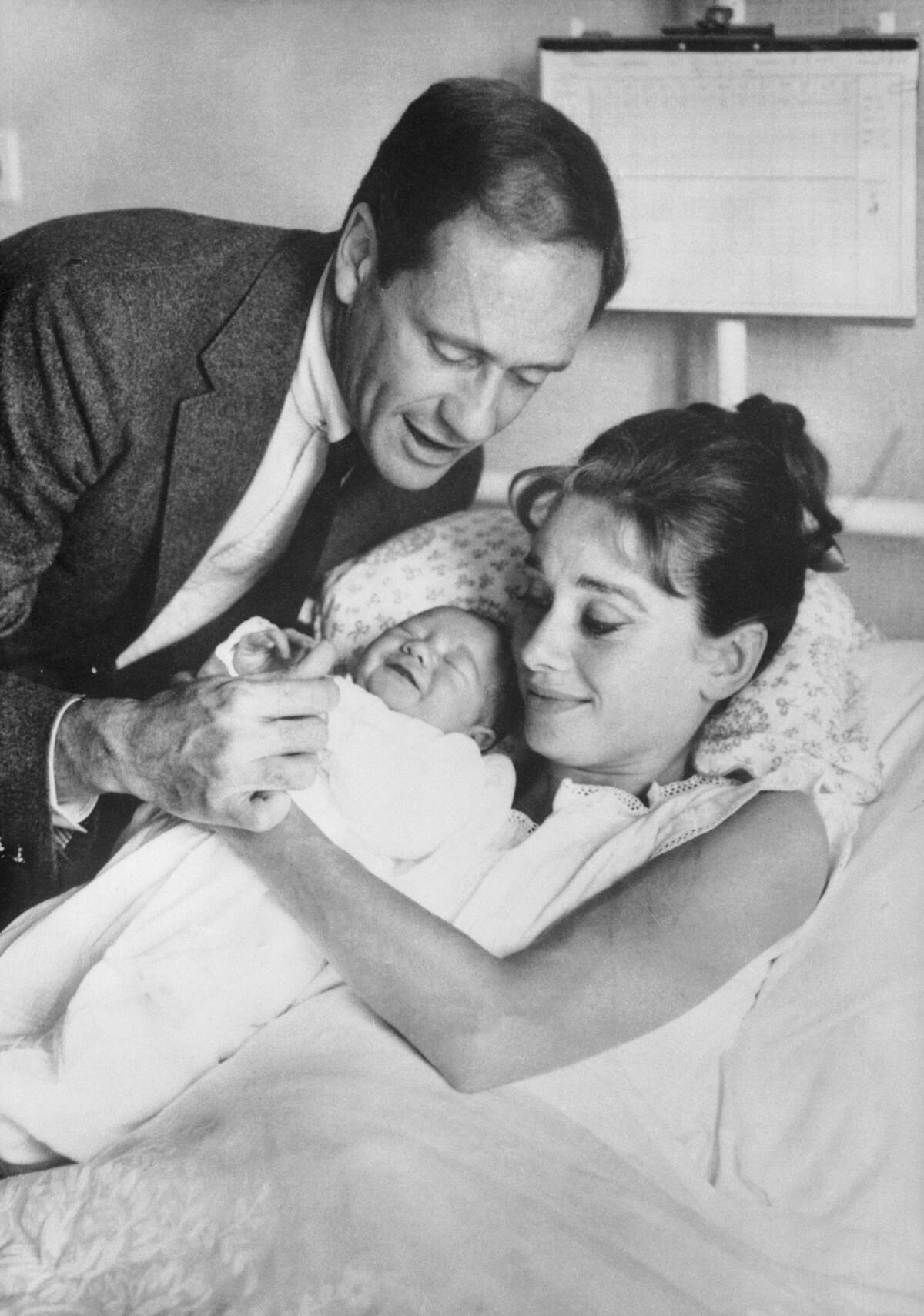
Life certainly moved fast for Hepburn in the ’50s, as she went from a complete unknown to a Broadway star to an Oscar-winning movie star in just three short years. And it seemed her personal life was moving just as fast as her professional one.
That’s because the British premiere of Roman Holiday saw her meet Mel Ferrer, an actor whom she would marry a year later after starring in a Broadway production of Ondine with him. They remained married for 14 years and had one son (pictured at his birth in 1960) named Sean Hepburn Ferrer together.
She Stepped Away From Hollywood At Her Career’s Peak
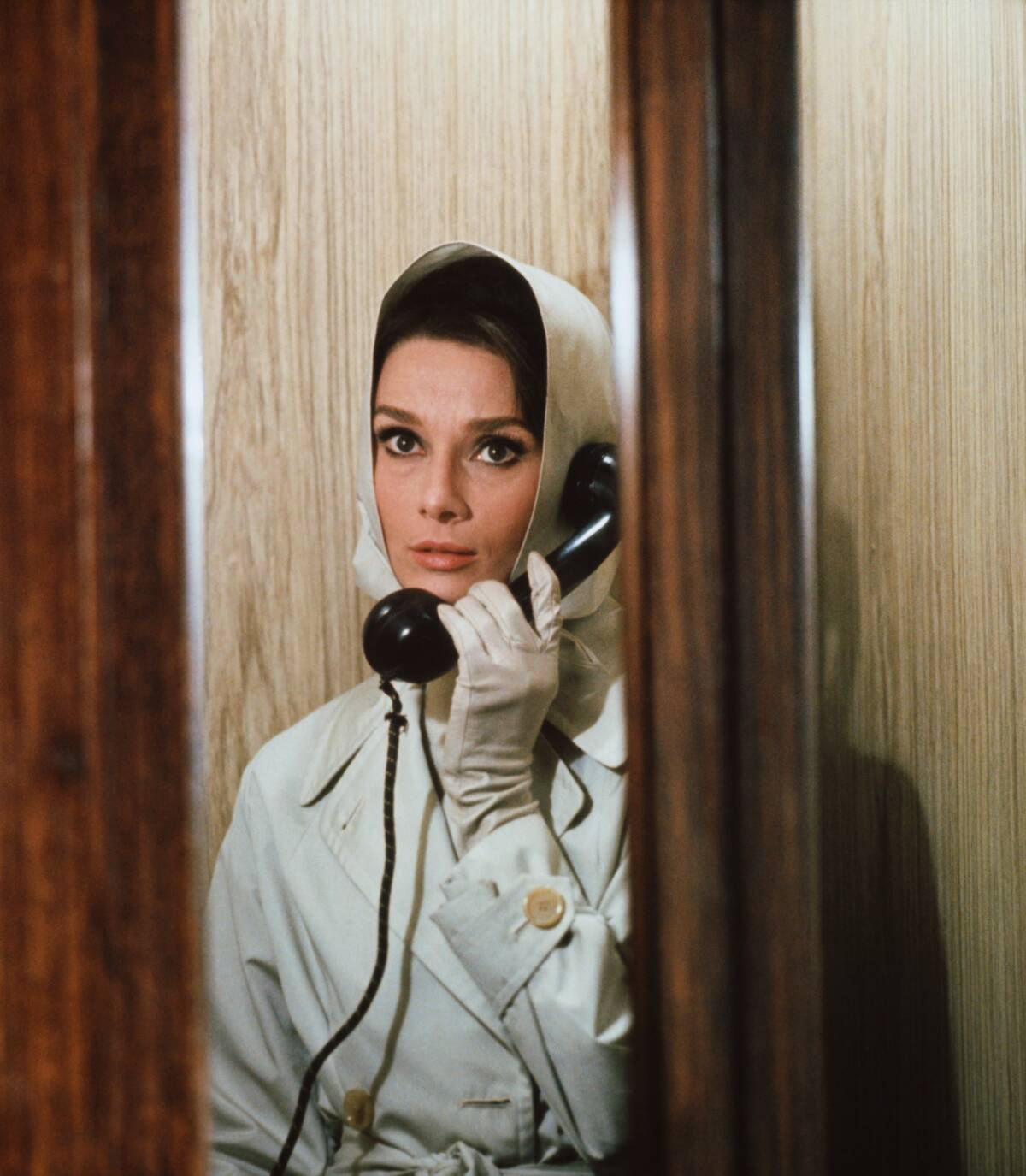
Since getting her big break in Roman Holiday, she would appear in 16 additional films throughout the ’50s and ’60s. In that time, Hepburn would accrue four additional Oscar nominations, the most recent of which was for her performance in the 1967 film, Wait Until Dark.
Yet while she would appear in five additional films between 1976 and 1989, Hepburn took a lengthy hiatus from acting after Wait Until Dark. As Keogh told People, fame was not her priority because after the horrors she experienced and witnessed during the war, she wanted a happy home life more than anything.
Hepburn Hated One Moment In Breakfast At Tiffany’s
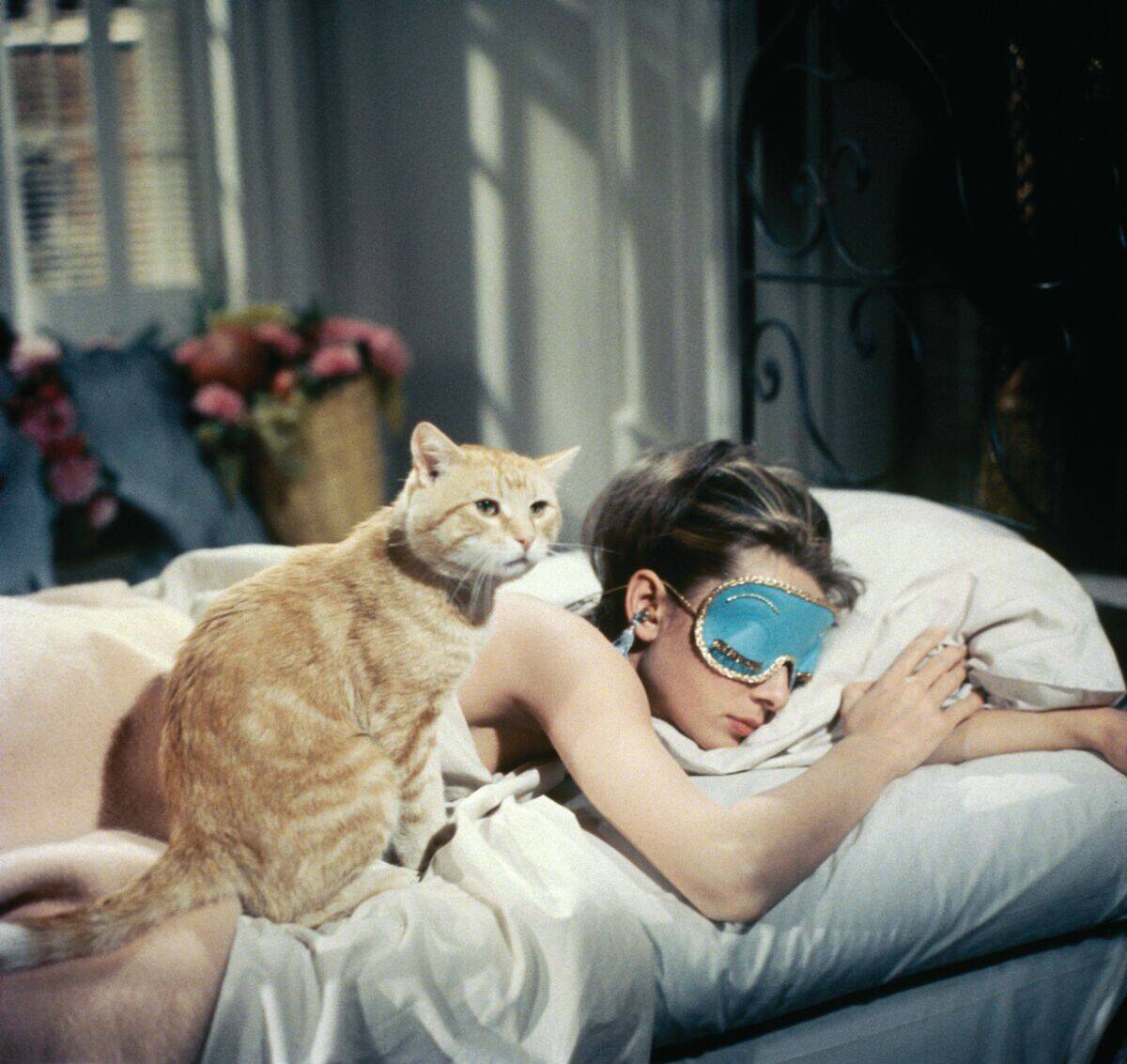
Although Hepburn was reticent to play Holly Golightly in Breakfast At Tiffany‘s because she didn’t feel she was right for the part, she described one scene as the most distasteful thing she had ever done on film.
According to Vogue, this concerned the moment where Golightly releases her tabby cat onto the rainy streets of New York City from a taxi. Apparently, the demand for orange cats skyrocketed to an unprecedented degree at pet stores and animal shelters after the movie’s release.
Hepburn Adopted A Baby Deer
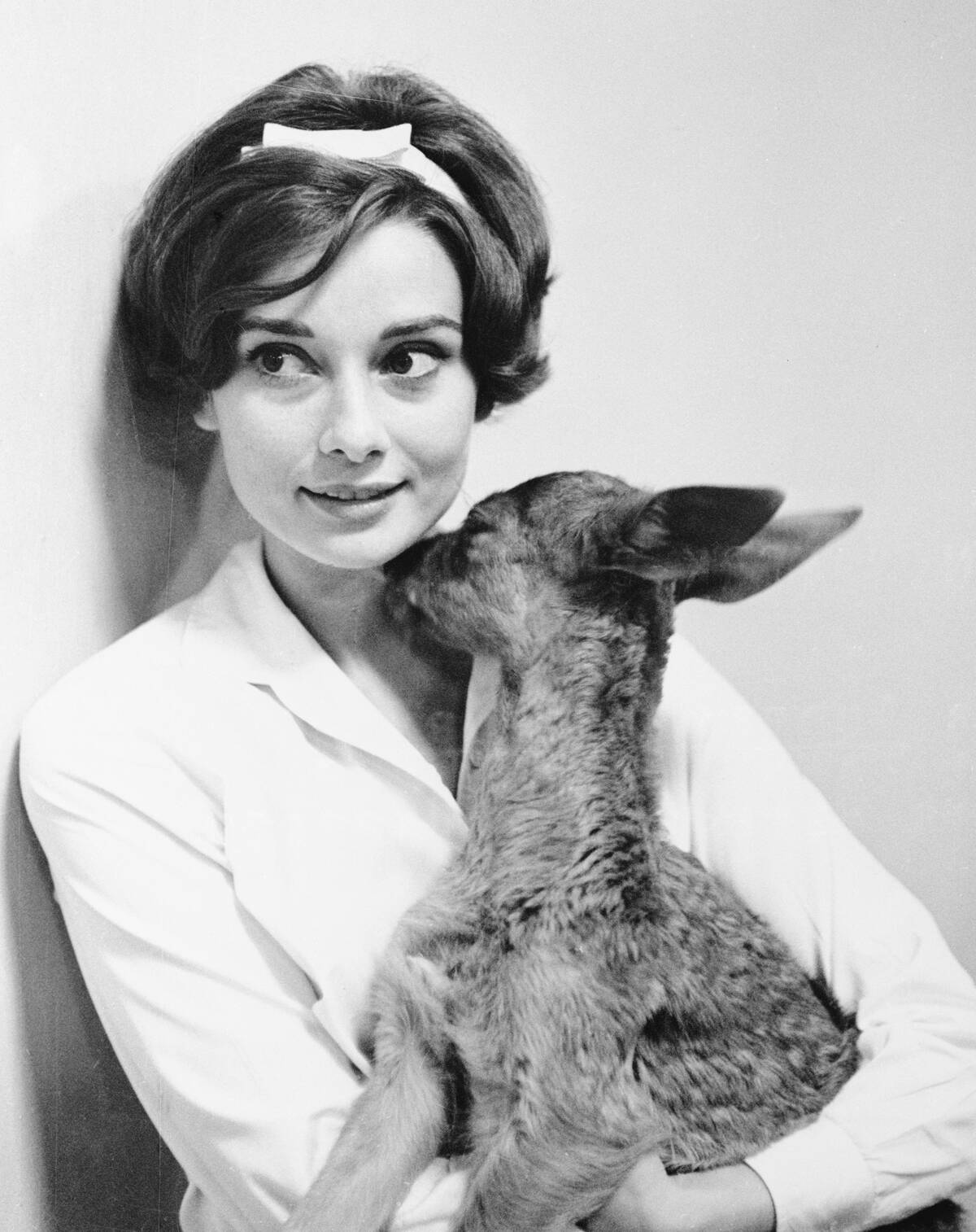
While on the set of the 1959 film Green Mansions, Hepburn worked with a fawn. According to Vogue, the movie’s animal trainers suggested that the fawn would be more likely to follow Hepburn around for their scenes if she took it home.
As it turned out, she felt compelled to do more than that after spending time with the fawn and formally adopted the little creature. She would name it Ip, which was apparently short for Pippin. Reports conflict as to how long Ip stayed in her family, but she took the baby deer everywhere while she had it.
She Was A Tireless Ambassador For UNICEF
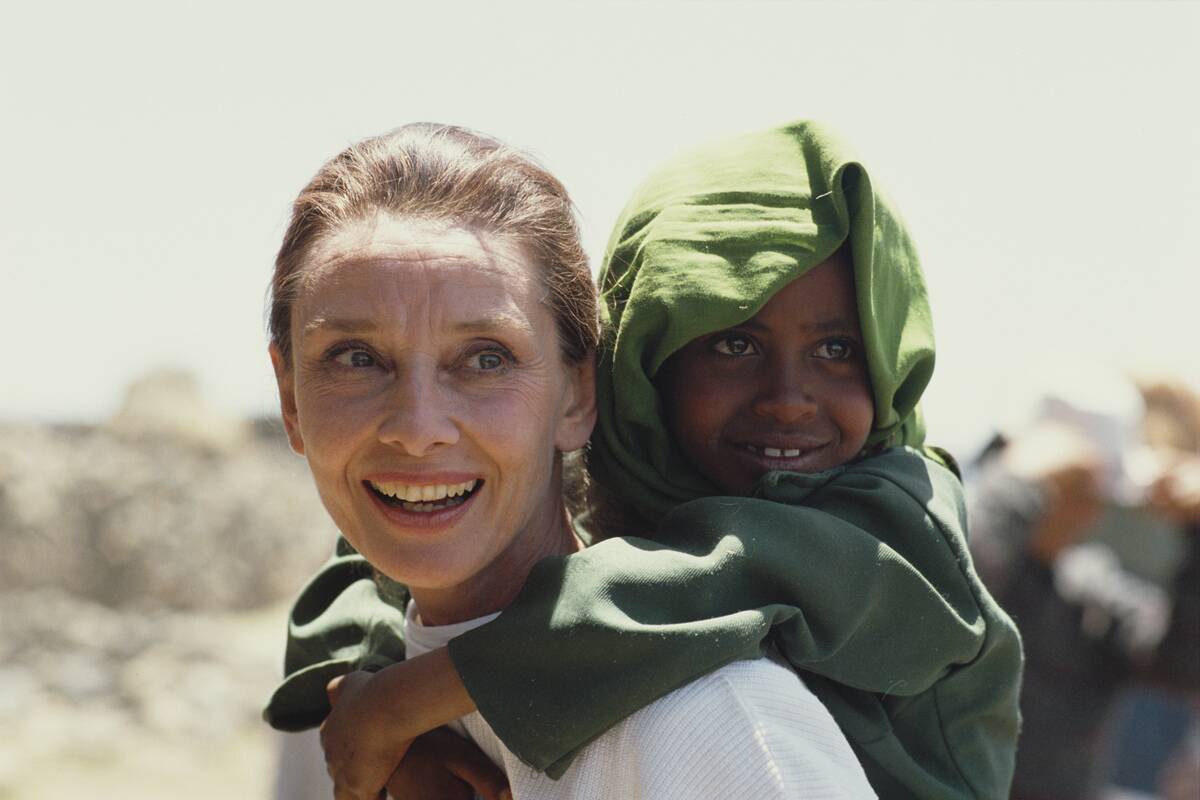
According to UNICEF, Hepburn had an deep respect for the organization even before she became directly involved with it, as she attested to how lifesaving similar aid was for her after World War II.
After she was made a Goodwill Ambassador for the organization in 1988, however, Hepburn devoted her remaining years to international missions for UNICEF. This photo from Ethiopia came shortly after she gained this position but she refused to stop working with them even while feeling the effects of the cancer that would claim her life on January 20, 1993.
Her Culinary Preferences Were Ahead Of Their Time
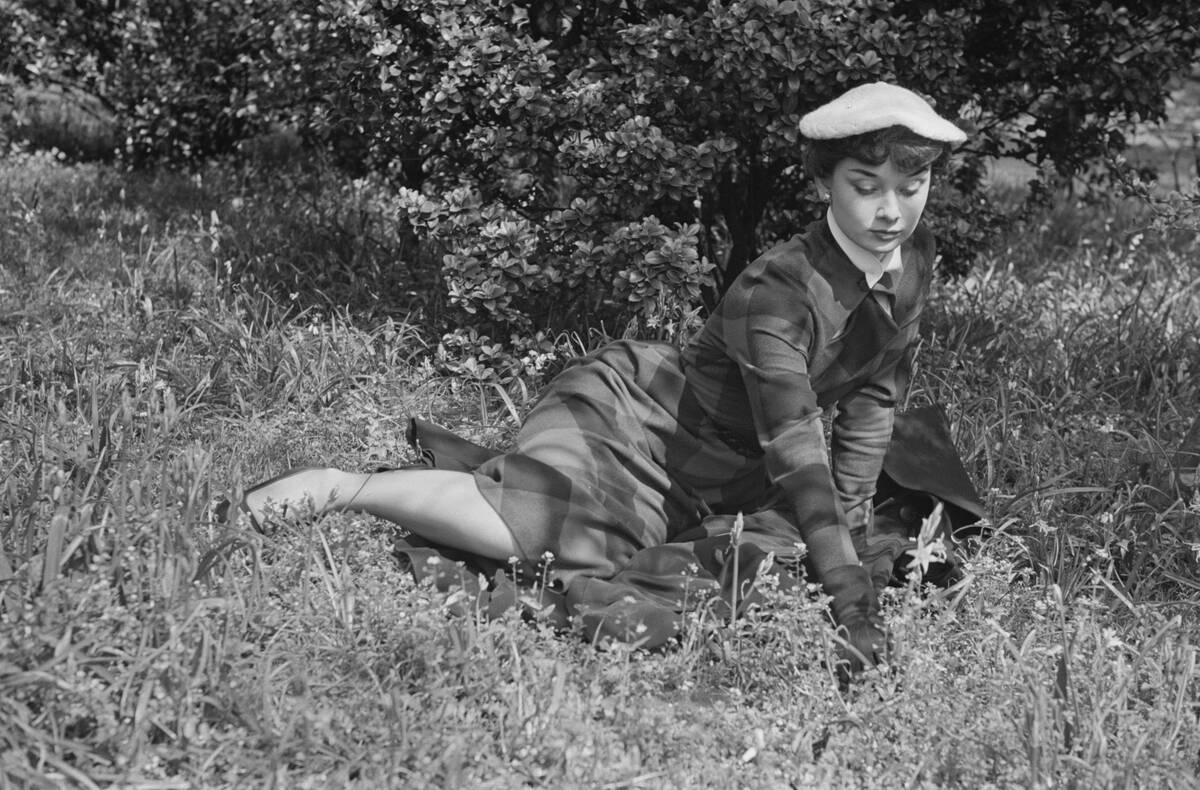
Although Hepburn’s slight build led people to assume she was an obsessive dieter, the truth is that she loved stuffing herself with pasta in particular. According to People, she craved it so much that she often travelled with dry spaghetti in her suitcase to ensure there was some to cook at her destination.
She was also a pioneer of organic food and similar prized practices, as Keogh told People, “In Switzerland, she had her own vegetable garden, with no pesticides. She was farm-to-table before it was a thing. She was
organic before anyone was. Very Italian and simple.”
Hepburn Has Attained EGOT Status

Only a handful of entertainers can say that they’ve received an Emmy, a Grammy, an Oscar, and a Tony, but Hepburn would have been one of them if two of those honors weren’t awarded posthumously.
In addition to her Oscar for Roman Holiday, 1954 also saw Hepburn accept a Tony for the title role in Ondine. Hepburn would also receive an Emmy in 1993 for the TV documentary Gardens of the World with Audrey Hepburn and a Grammy for her children’s album Audrey Hepburn’s Enchanted Tales in 1994.
Hepburn’s Singing Voice Was Dubbed In My Fair Lady
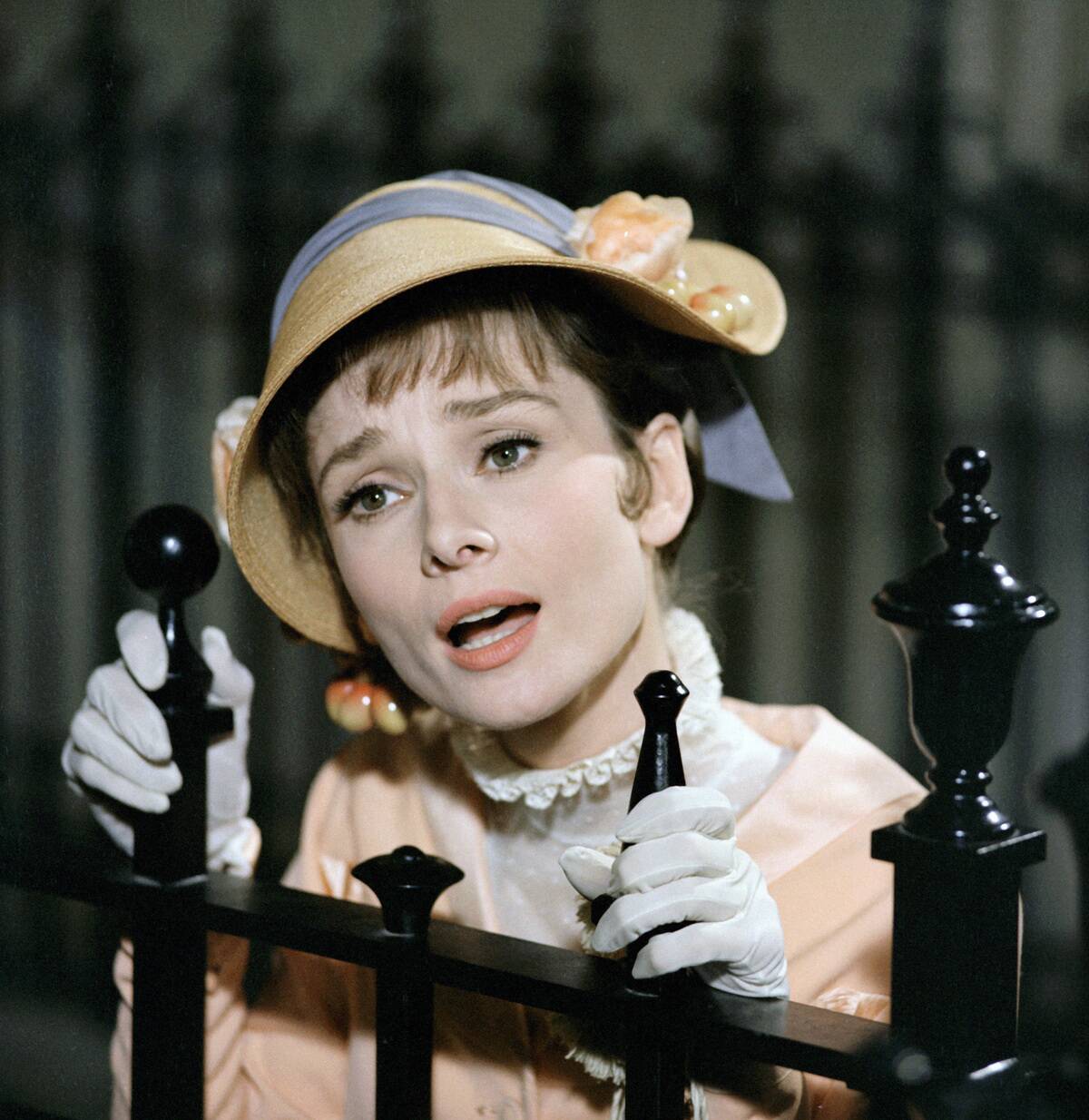
In Breakfast At Tiffany’s, Hepburn was allowed to sing the movie’s signature song, “Moon River,” and captured its wistful melancholy in a poignant enough fashion that the song ended up winning an Academy Award for Best Original Song. One would expect that to mean nobody would dare dub over her voice after this, but that’s not what happened.
Although Hepburn’s singing voice was recorded extensively enough when she played Eliza Doolittle to be restored in My Fair Lady’s 1994 special edition, the theatrical version of the film featured dubbed singing from Marni Nixon. Nixon was also Natalie Wood’s singing double in West Side Story and did similar work for The King And I and Gentlemen Prefer Blondes.
Truman Capote Hated Hepburn’s Casting as Holly Golightly
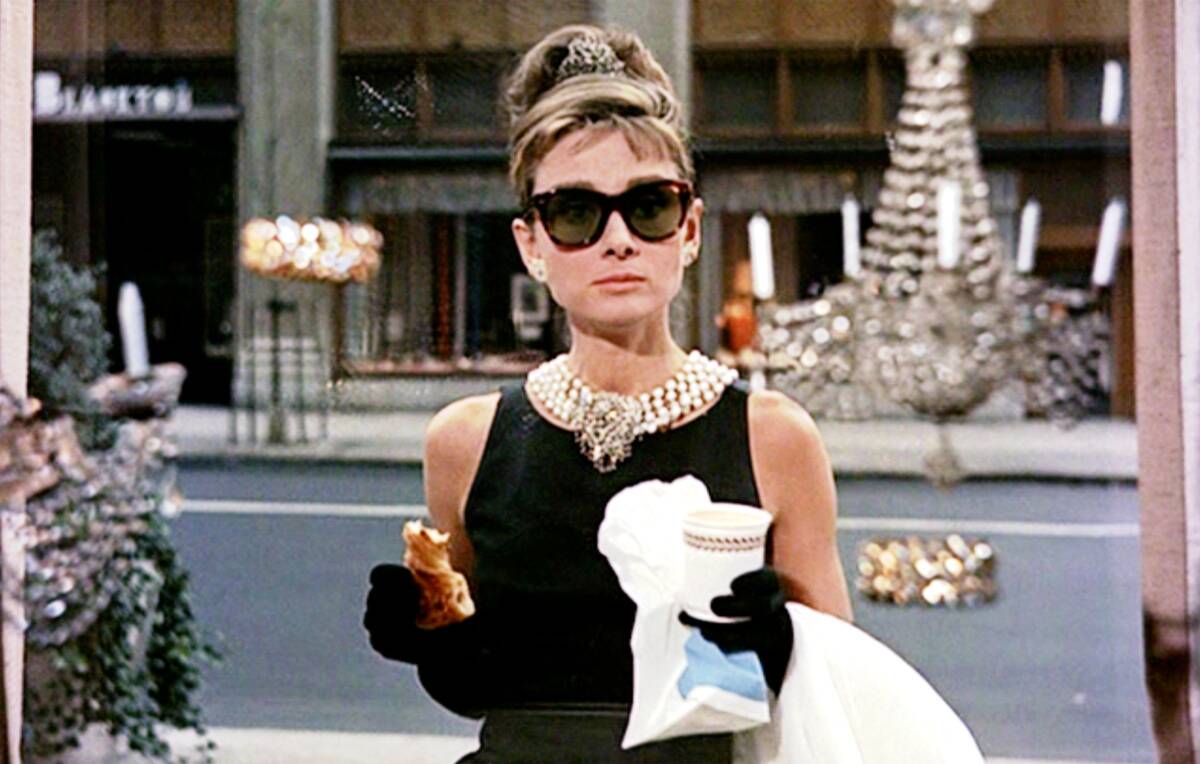
As far as Breakfast At Tiffany’s author Truman Capote was concerned, only Marilyn Monroe was right for the part of Holly Golightly. However, Monroe was even less inclined to play a call girl than Hepburn was, thanks in large part to the advice of her acting coach, Paula Strasberg.
Although he seemed disappointed with the final results of the film at large, Capote had particular disdain for its casting. According to Mental Floss, when asked what was wrong with the movie, he replied, “Oh, God, just everything. It was the most miscast film I’ve ever seen. It made me want to throw up.”
She Spoke Five Languages Fluently
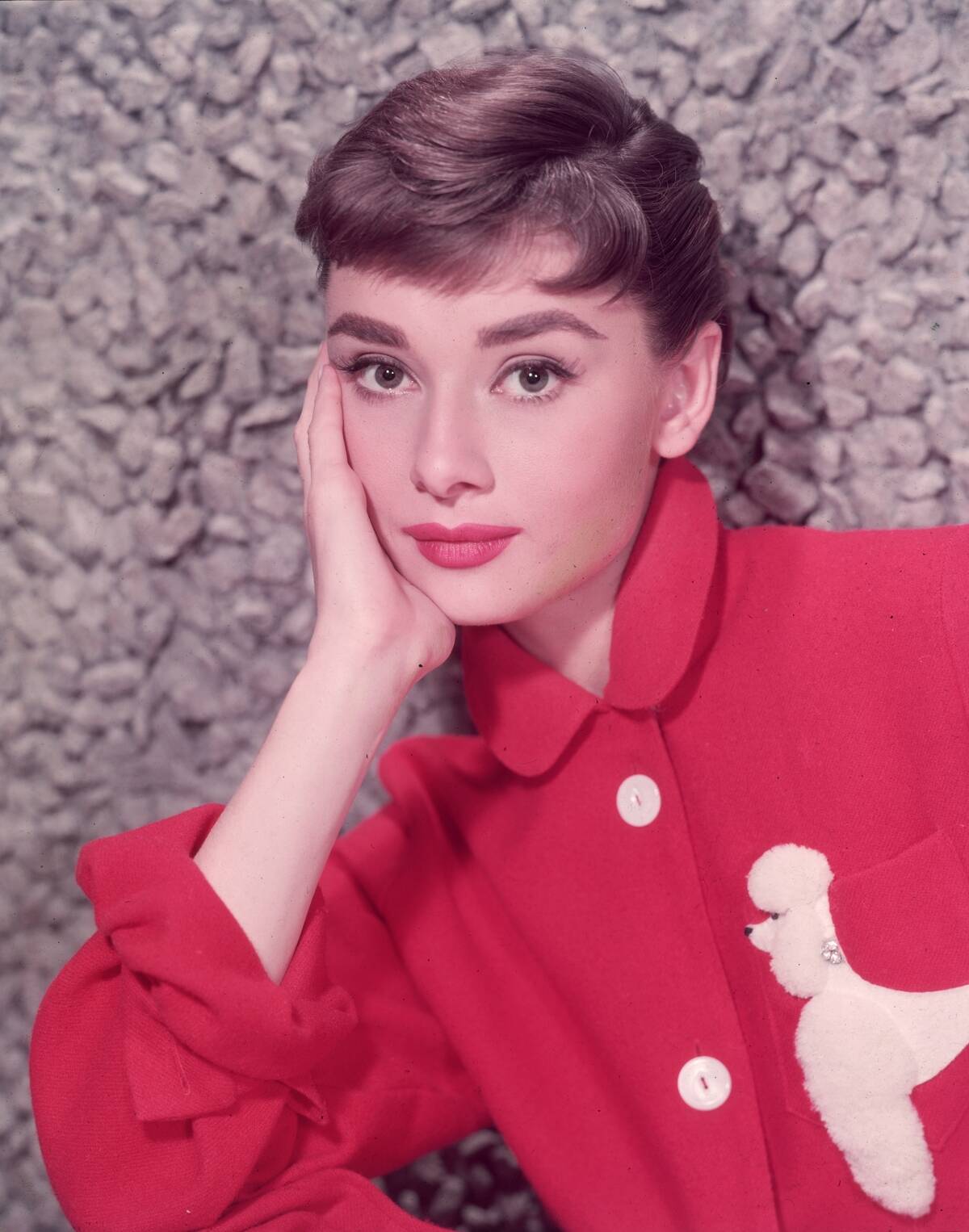
As she spent her early childhood between Belgium, the Netherlands, and the United Kingdom, it’s fairly unsurprising that Hepburn grew up knowing how to speak multiple languages. However, her status as a polyglot was nonetheless impressive, as some of the languages she spoke weren’t dominant in any of her countries of origin.
According to Mental Floss, in addition to Dutch, English, and French, she also spoke Spanish and Italian. As such, she had no problem conducting interviews in all five languages, which must have made international press tours a lot easier.



